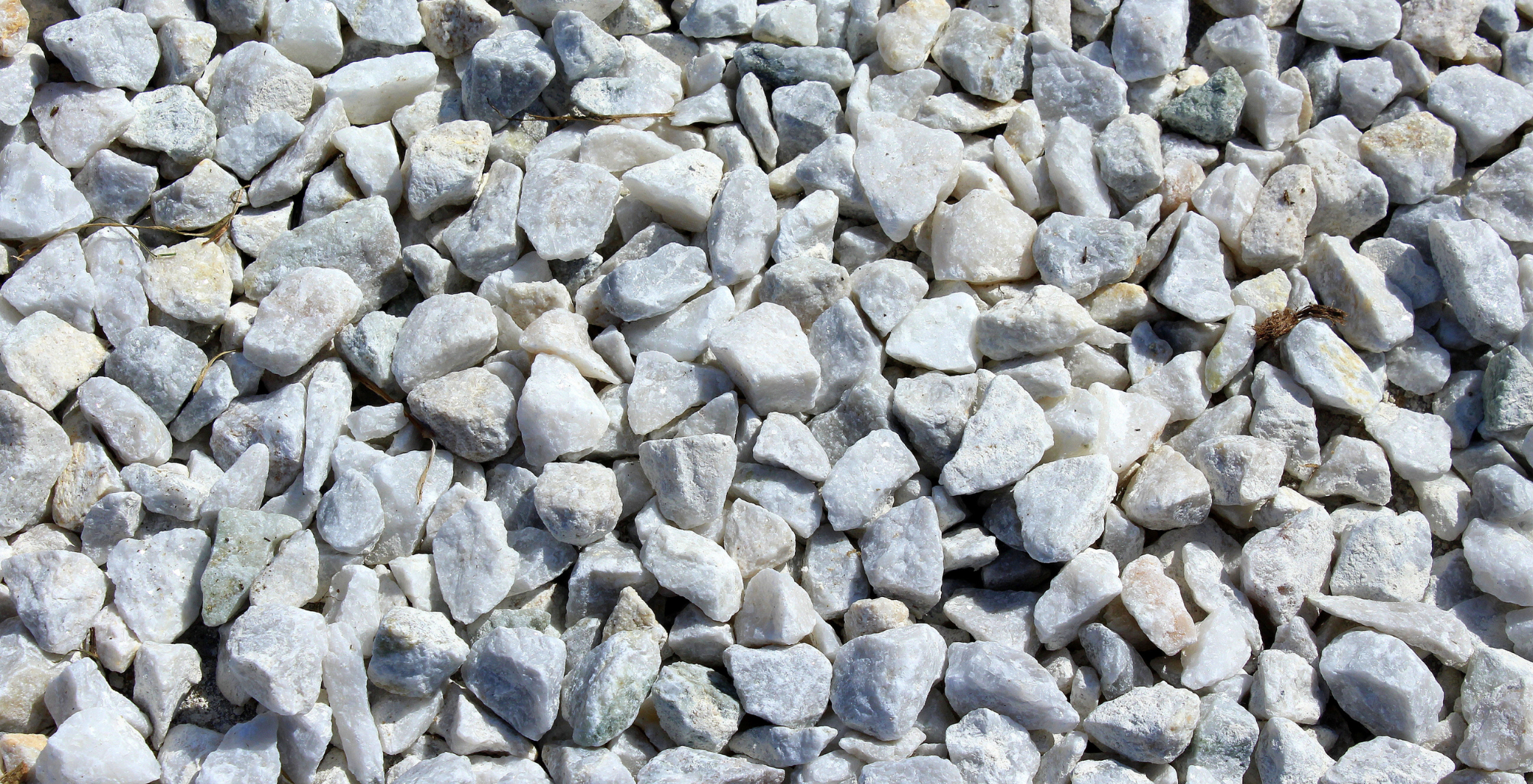Decorating yards and gardens with natural elements like landscape gravel, one of the most versatile and affordable materials has become a preference of many homeowners to create a serene and aesthetic environment.
The blog will throw light on gravel and its types, following the things to consider before buying gravel for your landscaping project. Remember, with the right information and planning; you can successfully choose and order bulk gravel to enhance your landscaping or construction project. Let’s get started.
What is Gravel?

Gravel is typically formed by the erosion of larger rocks or by weathering geological formations over time. It is a coarse, unconsolidated rock fragment ranging in size from 2 millimeters to 64 millimeters in diameter.
You can locate these natural pieces in various environments, including riverbeds, beaches, and mountainous regions. They are often made up of various rock types, including sandstone, limestone, granite, and basalt.
Gravel is commonly used in construction and landscaping due to its durability, permeability, and aesthetic appeal. It is used for making concrete, building roads, and as a decorative element in gardens and landscapes.
Different Types of Gravel
Getting to know the material that best suits your needs before placing an order holds much greater significance. So, without further ado, let’s get to know the various types of gravel.
1. PEA GRAVEL

Pea gravel is a type of landscape gravel that is composed of small, rounded stones that are approximately the size of a pea, typically between 1/8 to 3/8 inches in diameter.
These stones are smooth and polished and available in a variety of colors, including tan, brown, white, and gray. Pea gravel is commonly used for landscaping and gardening projects due to its aesthetic appeal and versatility.
Often used as a decorative element in gardens, around trees, and in walkways, the usage of gravel is highly desirable for drainage, as it allows water to filter through easily and as a base for patios and outdoor living areas.
2. CRUSHED STONE

Crushed stone is a type of construction aggregate that is made by breaking down larger rocks into smaller pieces. It is typically produced by mining and quarrying hard rock formations, such as granite or limestone, and then crushing the rock into various sizes and shapes.
This type of gravel can be found in various sizes, ranging from fine dust particles to larger stones several inches in diameter. Crushed stone is known for its durability and strength and is mostly used in construction projects such as roads, bridges, and buildings, as well as for landscaping and drainage purposes. It is a popular choice for a wide range of applications.
3. RIVER ROCK

The type of natural stone typically found in riverbeds, streams, and other waterways is known as river rock. It is known for its smooth, rounded appearance, resulting from years of erosion by water and other natural forces.
This landscape gravel varies in size, shape, and color depending on the geological characteristics of the region where it is found. River rock is often used to create dry creek beds, water features, and natural-looking pathways in gardens and outdoor spaces while also being used for decorative purposes, as well as for erosion control and drainage.
4. MARBLE CHIPS

Marble chips are small pieces produced by crushing marble into small fragments and then sorting the pieces by size. These gravel chips come in a range of colors, including white, gray, pink, and black.
They can be polished to a high shine or left with a more natural, matte finish to be used for decorative purposes in gardens and walkways, as well as in aquariums and terrariums, in landscaping and gardening projects, as well as for interior design and home decor. They are also used as a base material for decorative fountain installations.
5. SLATE GRAVEL AND CHIPS

Slate gravel and chips are decorative stone made from slate, a fine-grained metamorphic rock composed of clay, quartz, and mica. These landscape gravels are formed by crushing and screening slate into small, irregularly shaped pieces.
Slate chips are similar in size to pea gravel, typically ranging from 1/4 inch to 3/4 inch in diameter. Both slate gravel and chips come in a range of colors, including gray, blue, green, and red, and are commonly used for landscaping and decorative purposes, such as in garden beds, walkways, and water features.
The durability and resistance to weathering of these landscape gravel types make them a popular choice for outdoor projects.
Things To Consider Before Buying Landscape Gravel
Once you’ve decided on the type of material you need, you’ll need to consider the various things before making a purchase.
1. SIZE

The consideration of the size of the material before ordering gravel determines its suitability for different uses. For example, pea gravel is best for foot traffic and drainage, while larger stones are better for heavy traffic and stability. When choosing the size, considering the weight of the material and the load it will be supporting is crucial.
2. TEXTURE

The material’s texture determines its appearance and how it packs together. Some materials, like river rock, have a smooth, polished surface that looks great but can be slippery when wet.
Other materials, like crushed stone, have a rough, jagged surface that packs well but may not be as visually appealing.
3. COLOR

The material’s color is another important factor to consider before ordering gravel. Graves come in a variety of colors, from natural earth tones to bright, bold hues.
The choice of color, however, depends on the overall aesthetic of your project and the surrounding environment.
4. QUANTITY

Once you’ve determined the material’s type, size, texture, and color, the next step before purchasing gravel is to calculate the quantity.
Many suppliers, including Wholesale Stone Solutions, provide a calculator on their website that can help you determine the quantity you need based on your specific project. The choice, however, entirely depends on the size of the area you need to cover and the depth of the material you’ll be using.
5. CHOOSE A REPUTABLE WHOLESALE SUPPLIER:

After determining various factors, looking for a supplier with a good reputation and a track record of delivering quality materials is the way to select and buy gravels.
6. ORDERING AND DELIVERY

Once you’ve determined the quantity you need for your project, it’s time to order the gravel you choose.
STONE WORDS
Choosing and ordering gravel as per the client’s wishlist might seem daunting at first, but with a little knowledge and preparation, the simplicity of this process can be witnessed in no time.
This level of commitment and dedication you won’t find anywhere else but at Wholesale Stone Solutions (WSS). After all, we are the professionals’ source for landscape stone.


